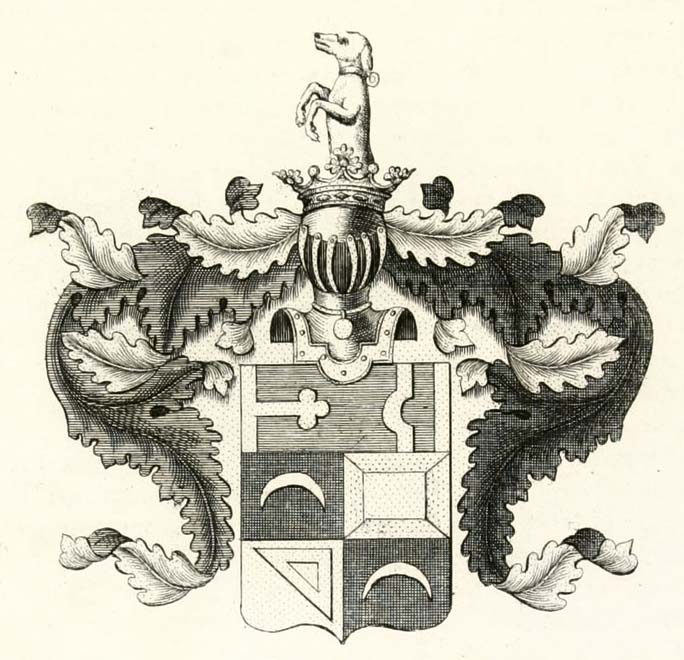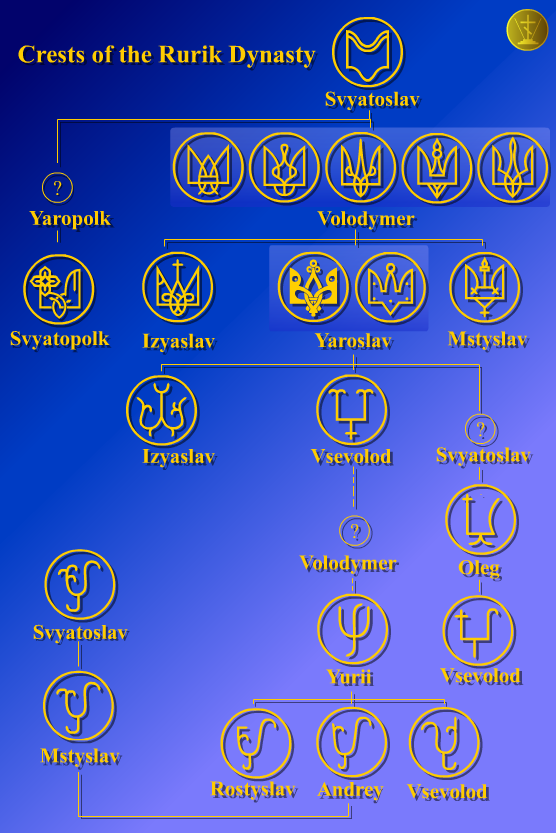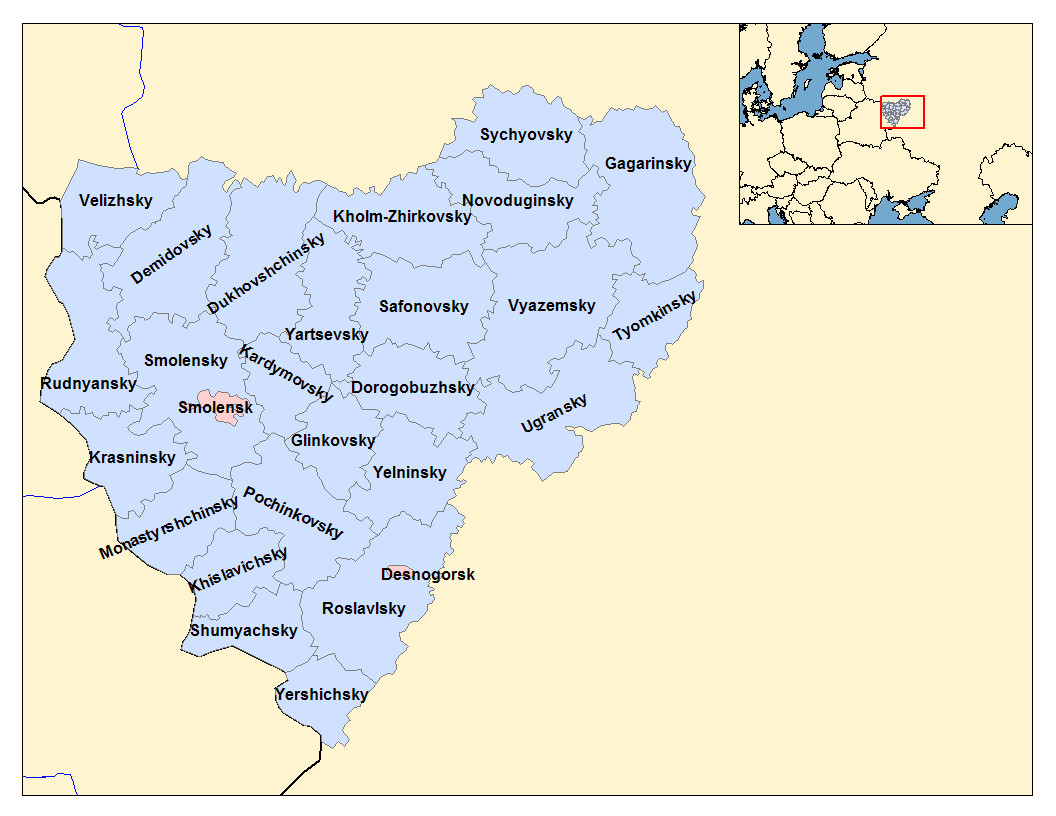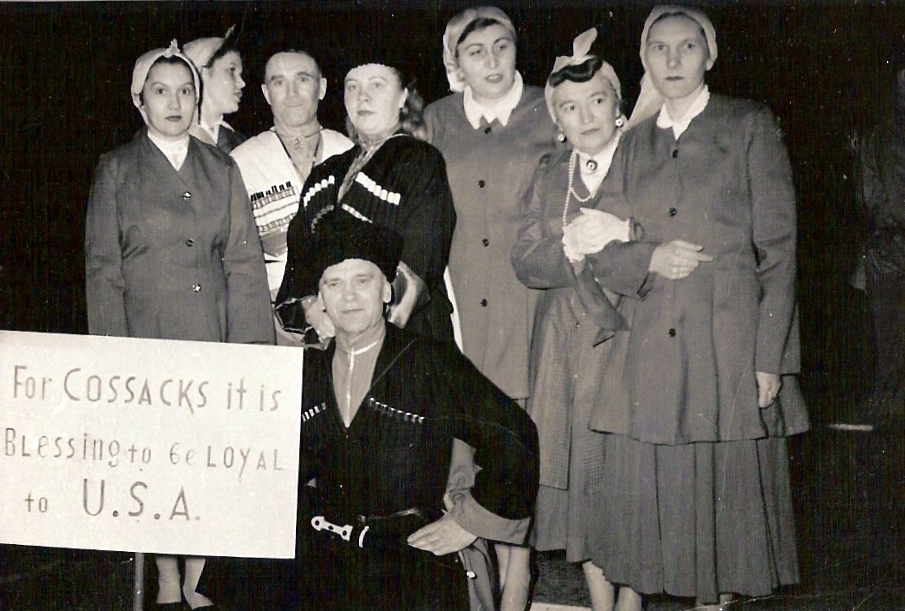|
Vyazma
Vyazma () is a types of inhabited localities in Russia, town and the administrative center of Vyazemsky District, Smolensk Oblast, Vyazemsky District in Smolensk Oblast, Russia, located on the Vyazma River, about halfway between Smolensk, the administrative center of the oblast, and Mozhaysk. Throughout its turbulent history, it defended western approaches to Moscow. Population: 44,000 (1970). History Medieval history and monuments Vyazma was first mentioned in a chronicle under the year of 1230, although it is believed to be much older than that. The town was named after the river, whose name was from Russian word "" (''vyaz), meaning "bog" or "swamp".Е. М. Поспелов. "Географические названия мира". Москва, 1998, стр. 108. At the time, the town belonged to a lateral branch of the Rurik dynasty, Rurikid House of Smolensk, and carried on a lively trade with Narva on the Gulf of Finland. In 1403, the local princes were expe ... [...More Info...] [...Related Items...] OR: [Wikipedia] [Google] [Baidu] |
Mikhail Miloradovich
Count Mikhail Andreyevich Miloradovich (, , ; – ), spelled Miloradovitch in contemporary English sources, was a Russian general prominent during the Napoleonic Wars. On his father’s side, Miloradovich descended from the Serb noble family and the Katun (commune), katun clan of Miloradović noble family, Miloradović from Hum, later part of Sanjak of Herzegovina, in present-day Bosnia and Herzegovina. He entered military service on the eve of the Russo-Swedish War (1788–1790), Russo-Swedish War of 1788–1790 and his career advanced rapidly during the reign (1796-1801) of Emperor Paul I of Russia, Paul I. He served under Alexander Suvorov during French Revolutionary Wars: Campaigns of 1799, Italian and Swiss campaigns of 1799. Miloradovich was, along with Pyotr Bagration, a brilliant pupil of Suvorov, and became one of the outstanding figures in the military history of Russia. Miloradovich served in wars against France and the Ottoman Empire, earning distinction in the Ba ... [...More Info...] [...Related Items...] OR: [Wikipedia] [Google] [Baidu] |
Vyazma River
The Vyazma () is a river in Smolensk Oblast, Russia. It is a left tributary of the Dnieper. The length of the river is . The area of its basin is . In ancient times, the Vyazma River was a part of a route that connected the upper basins of the Volga
The Volga (, ) is the longest river in Europe and the longest endorheic basin river in the world. Situated in Russia, it flows through Central Russia to Southern Russia and into the Caspian ...
[...More Info...] [...Related Items...] OR: [Wikipedia] [Google] [Baidu] |
Vyazemsky District, Smolensk Oblast
Vyazemsky District () is an administrativeResolution #261 and municipalLaw #130-z district (raion), one of the twenty-five in Smolensk Oblast, Russia. It is located in the northeast of the oblast. The area of the district is . Its administrative center is the town of Vyazma Vyazma () is a types of inhabited localities in Russia, town and the administrative center of Vyazemsky District, Smolensk Oblast, Vyazemsky District in Smolensk Oblast, Russia, located on the Vyazma River, about halfway between Smolensk, the .... Population: 80,436 ( 2010 Census); The population of Vyazma accounts for 71.0% of the district's total population. References Notes Sources * * {{Use mdy dates, date=February 2013 Districts of Smolensk Oblast ... [...More Info...] [...Related Items...] OR: [Wikipedia] [Google] [Baidu] |
French Invasion Of Russia
The French invasion of Russia, also known as the Russian campaign (), the Second Polish War, and in Russia as the Patriotic War of 1812 (), was initiated by Napoleon with the aim of compelling the Russian Empire to comply with the Continental System, continental blockade of the United Kingdom. Widely studied, Napoleon's incursion into Russia stands as a focal point in military history, recognized as among the list of battles by casualties, most devastating military endeavors globally. In a span of fewer than six months, the campaign exacted a staggering toll, claiming the lives of nearly a million soldiers and civilians. On 24 June 1812 and subsequent days, the initial wave of the multinational Grande Armée crossed the Neman River, marking the entry from the Duchy of Warsaw into Russia. Employing extensive forced marches, Napoleon rapidly advanced his army of nearly half a million individuals through European Russia, Western Russia, encompassing present-day Belarus, in a b ... [...More Info...] [...Related Items...] OR: [Wikipedia] [Google] [Baidu] |
Tented Roof
A tented roof (also known as a pavilion roof) is a type of polygonal hip roof, hipped roof with steeply pitched slopes rising to a peak.W. Dean EastmanHometown Handbook: Architecture./ref> Tented roofs, a hallmark of medieval religious architecture, were widely used to cover churches with steep, conical roof structures. In the Queen Anne style architecture, Queen Anne Victorian style, it took the form of a wooden Turret (architecture), turret with an octagonal base with steeply pitched slopes rising to a peak, usually topped with a finial. A distinctive local adaptation of this roof style was widely used in 16th- and 17th-century Russian architecture for Church (building), churches, although there are examples of this style also in other parts of Europe. It took the form of a polygonal spire but differed in purpose in that it was typically used to roof the main internal space of a church, rather than as an auxiliary structure. The same architectural form is also applied to bell ... [...More Info...] [...Related Items...] OR: [Wikipedia] [Google] [Baidu] |
Mozhaysk
MozhayskAlternative transliterations include ''Mozhaisk'', ''Mozhajsk'', ''Mozhaĭsk'', and ''Možajsk''. (, ) is a types of inhabited localities in Russia, town and the administrative center of Mozhaysky District, Moscow Oblast, Mozhaysky District in Moscow Oblast, Russia, located to the west of Moscow, on the historic road leading to Smolensk and then to Poland. Population: History First mentioned in 1231 as an appanage of Principality of Chernigov, Chernigov; A theory says Mozhaysk took its name from the Mozhay (Mozhaya) River, whose name could be of Baltic origin (compare Lithuanian ''mažoji'' "small" - in contrast to the larger Moskva River nearby). Later Mozhaysk became an important stronghold of the Principality of Smolensk, Smolensk dynasty, in the 13th century ruled by Duke (later Saint) Theodore the Black. Muscovite Russia, Muscovites seized Mozhaysk in 1303, but in the course of the following century had serious troubles defending it against Algirdas (Grand Duke of L ... [...More Info...] [...Related Items...] OR: [Wikipedia] [Google] [Baidu] |
Rurik Dynasty
The Rurik dynasty, also known as the Rurikid or Riurikid dynasty, as well as simply Rurikids or Riurikids, was a noble lineage allegedly founded by the Varangian prince Rurik, who, according to tradition, established himself at Novgorod in the year 862. The Rurikids were the ruling dynasty of Kievan Rus' and its principalities following its disintegration. The ''Romanovichi'' ruled the southwestern territories, which were unified by Roman the Great and his son Daniel, who was in 1253 crowned by Pope Innocent IV as the king of Ruthenia. Galicia–Volhynia was eventually annexed by Poland and Lithuania. The northern and northeastern territories were unified by the ''Daniilovichi'' of Moscow; by the 15th century, Ivan III threw off the control of the Golden Horde and assumed the title of sovereign of all Russia. Ivan IV was crowned as the tsar of all Russia, where the Rurik line ruled until 1598, following which they were eventually succeeded by the House of Romanov. As a ... [...More Info...] [...Related Items...] OR: [Wikipedia] [Google] [Baidu] |
Smolensk Oblast
Smolensk Oblast (), informally also called Smolenshchina (), is a federal subjects of Russia, federal subject of Russia (an oblast). Its administrative centre is the types of inhabited localities in Russia, city of Smolensk. As of the 2021 Russian census, 2021 Census, its population was 888,421. Geography The oblast was founded on 27 September 1937.Исполнительный комитет Смоленского областного совета народных депутатов. Государственный архив Смоленской области. "Административно-территориальное устройство Смоленской области. Справочник", изд. "Московский рабочий", Москва 1981. Стр. 8 It borders Pskov Oblast in the north, Tver Oblast in the northeast, Moscow Oblast in the east, Kaluga Oblast in south, Bryansk Oblast in the southwest, and Mogilev Region, Mogilev and Vitebsk R ... [...More Info...] [...Related Items...] OR: [Wikipedia] [Google] [Baidu] |
Cossacks
The Cossacks are a predominantly East Slavic languages, East Slavic Eastern Christian people originating in the Pontic–Caspian steppe of eastern Ukraine and southern Russia. Cossacks played an important role in defending the southern borders of Ukraine and Russia, Cossack raids, countering the Crimean-Nogai slave raids in Eastern Europe, Crimean-Nogai raids, alongside economically developing steppes, steppe regions north of the Black Sea and around the Azov Sea. Historically, they were a semi-nomadic and semi-militarized people, who, while under the nominal suzerainty of various Eastern European states at the time, were allowed a great degree of self-governance in exchange for military service. Although numerous linguistic and religious groups came together to form the Cossacks, most of them coalesced and became East Slavic languages, East Slavic–speaking Eastern Orthodox Church, Orthodox Christians. The rulers of the Polish–Lithuanian Commonwealth and Russian Empire en ... [...More Info...] [...Related Items...] OR: [Wikipedia] [Google] [Baidu] |
Grand Duchy Of Moscow
The Grand Principality of Moscow, or Muscovy, known as the Principality of Moscow until 1389, was a late medieval Russian monarchy. Its capital was the city of Moscow. Originally established as a minor principality in the 13th century, the grand principality was transformed into a centralized Russian state in the late 15th century. Moscow became a separate principality when Daniel of Moscow, Daniel (), the youngest son of Alexander Nevsky, received the city and surrounding area as an appanage. By the end of the 13th century, Moscow had become one of the leading principalities within the Vladimir-Suzdal, Vladimir grand principality, alongside Principality of Tver, Tver. A struggle between the princes of Moscow and Tver began after Mikhail of Tver became Grand Prince of Vladimir, grand prince in 1304. Yury of Moscow, Yury () contested the title and was later made grand prince in 1318 by the Khan (title), khan of the Golden Horde, who held suzerainty over the princes. However, Yu ... [...More Info...] [...Related Items...] OR: [Wikipedia] [Google] [Baidu] |
Spasskaya Tower Vyazma2
* Spasskaya Tower The Spasskaya Tower (), also translated as the Saviour Tower, is the main tower on the eastern wall of the Moscow Kremlin which overlooks Red Square. History Early history The construction of the Spasskaya Tower was commissioned by Grand Prince ... of the Moscow Kremlin * Spasskaya (Saint Petersburg Metro) {{disambiguation ... [...More Info...] [...Related Items...] OR: [Wikipedia] [Google] [Baidu] |






